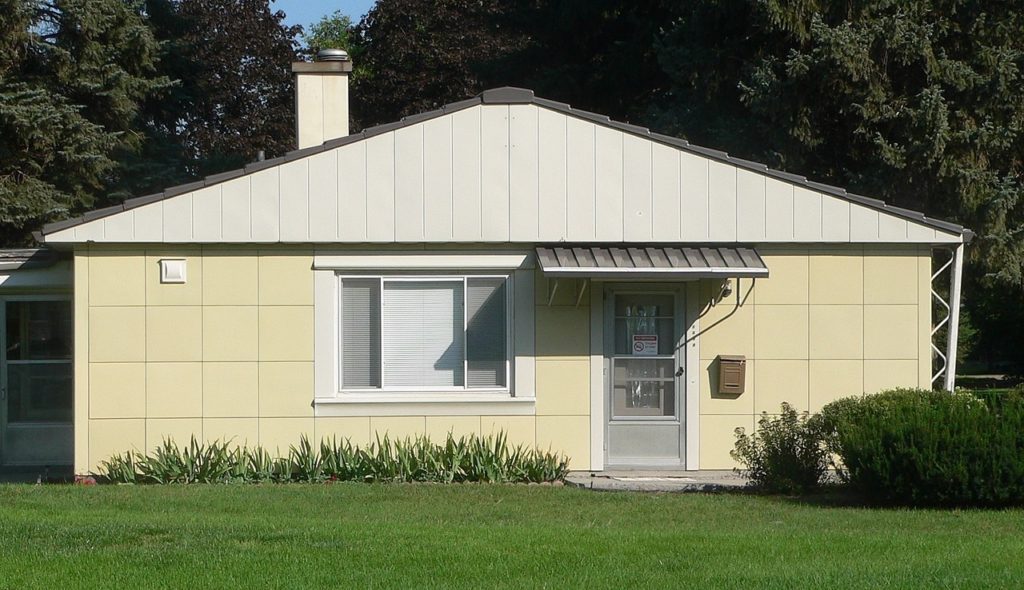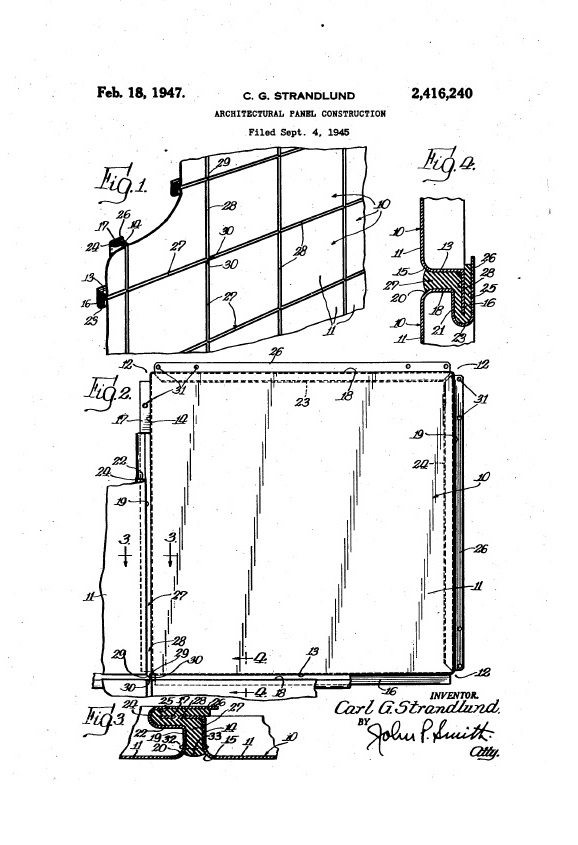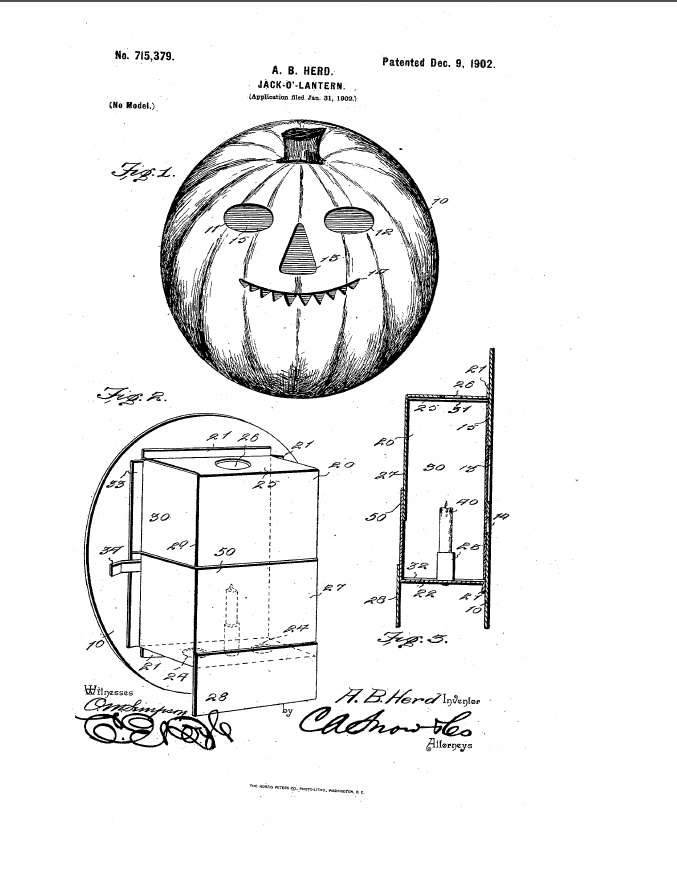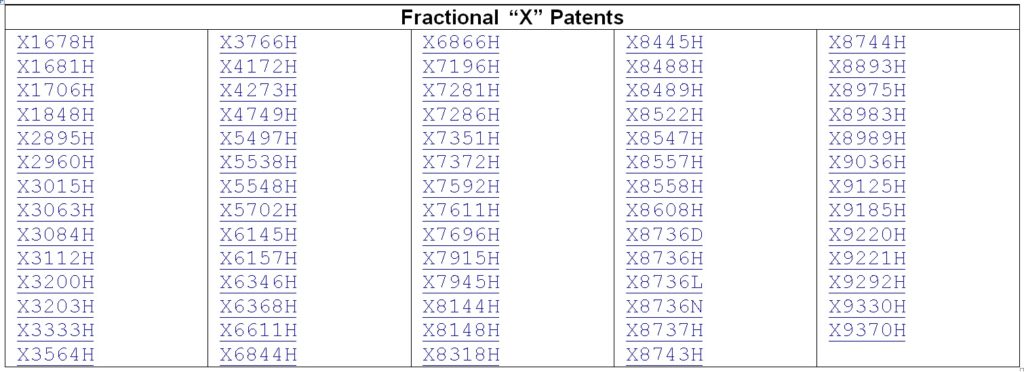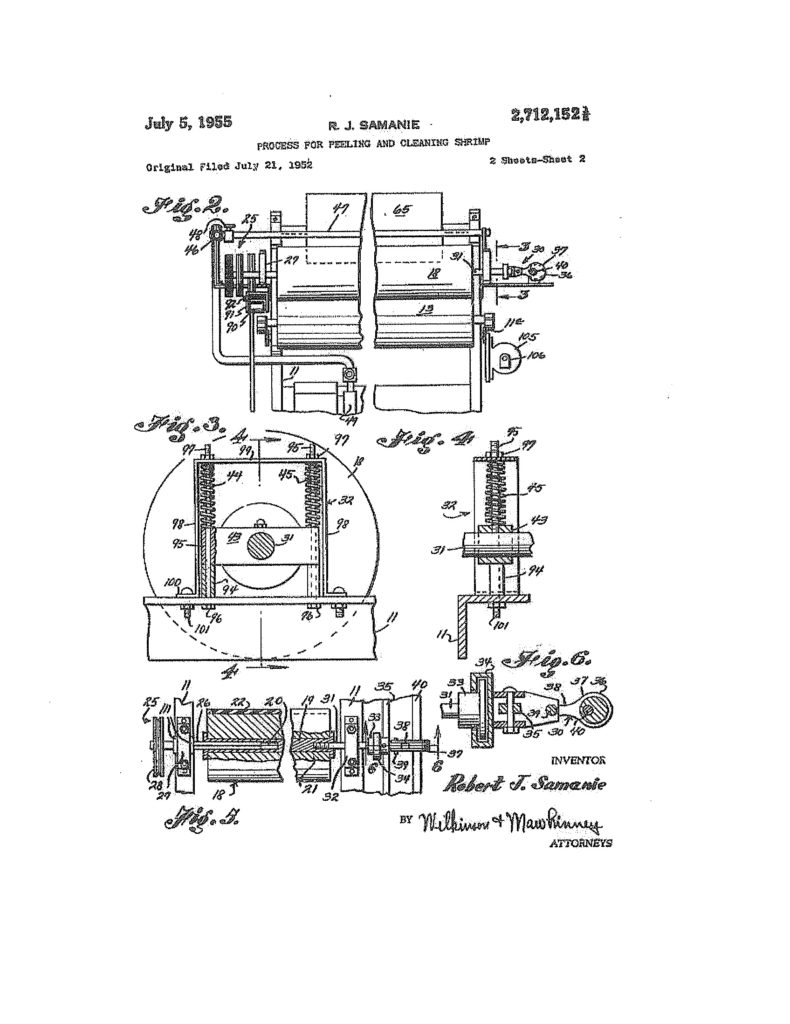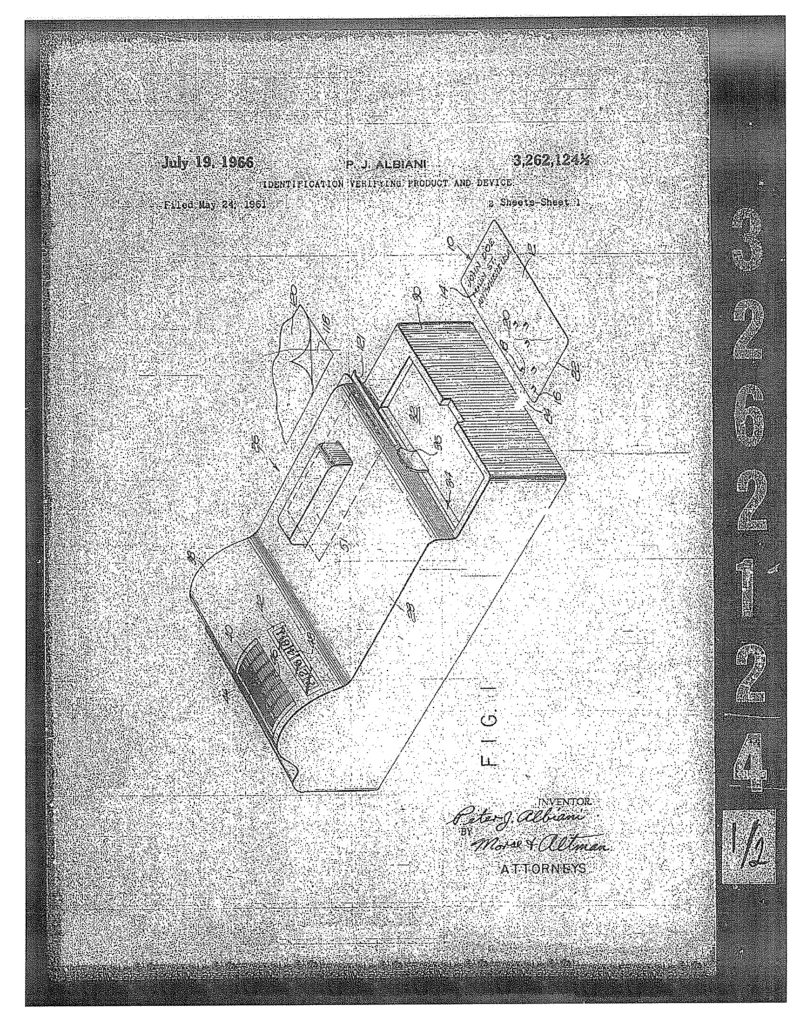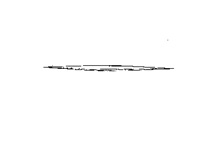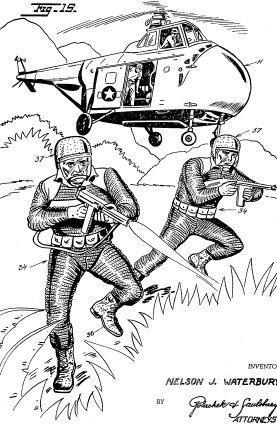In Hamilton Beach Brands, Inc. v. F’Real Foods, LLC, [2018-1274](November 16, 2018) the Federal Circuit affirmed the PTAB’s Final Written Decision upholding the validity of claim 21 of U.S. Patent No. 7,520,662, on a rinseable splash shield and method of use, covering a shield for the vessel of a mixing machine.
As a preliminary matter, the Federal Circuit ducked the question of whether the IPR was barred by Section 315(b) because F’Real failed to appeal the Board’s decision that the IPR was not time barred. Hamilton Beach had actually been served with a complaint for infringement of the ‘662 patent more than a year before the IPR was filed, but at the time F’Real did not own the patent, and thus did not have standing. Thus the Federal Circuit’s Click-to-Call decision was not necessarily controlling, but the Federal Circuit declined to decide whether 315(b) applies to a complaint served by a party without standing.
The Board concluded that the references did not teach a rinse nozzle at a fixed location relative to the shield, and that in any event objective evidence of non-obviousness outweighed the evidence of obviousness. Hamilton Beach argued that the Board violated the Administrative Procedure Act by changing claim construction theories midstream without providing the parties an opportunity to respond, and additionally erred in construing the “nozzle” terms so as to require that the nozzles be pre-positioned. The Federal Circuit found that Hamilton Beach received adequate notice of the claim construction adopted by the Board in F’Real’s post-institution response regarding the nozzle terms, as shown by the fact that Hamilton Beach argued against F’Real’s proposed constructions in its reply brief and during the oral hearing. The Federal Circuit further found that the Board’s final adopted construction of the nozzle terms, while not identical to those proposed by F’Real, were similar enough to F’Real’s proposed constructions so as to not constitute changing theories midstream in violation of the APA.
Based on the claim language itself, the Federal Circuit rejected Hamilton Beach’s claim construction, noting that the claim required “a nozzle oriented” towards the splash shield. Based upon this construction the Federal Circuit affirmed the determination of non-obviousness. In an unusual twist, Hamilton Beach, the patent challenger, argued that the Board improperly relied upon hindsight, in its finding that finding that there was no sufficiently proved motivation to combine the prior art references. Although the prior art recites cleaning the mixing machine, the Federal Circuit found that substantial evidence supports the Board’s finding that Hamilton Beach did not prove that the prior art provides a motivation to clean components in place with a fixed nozzle directed towards the splash shield. The Federal Circuit concluded that the Board did not err in its decision that the prior art did “not teach or suggest the nozzle limitations.”
Because the Federal Circuit affirmed the Board’s findings regarding the failure of the prior art to teach or suggest all limitations of claim 21, it did not address Hamilton Beach’s assertions of error in the Board’s consideration of the objective indicia of nonobviousness.

